May 3, 2024 | 21:27 GMT +7
May 3, 2024 | 21:27 GMT +7
Hotline: 0913.378.918
May 3, 2024 | 21:27 GMT +7
Hotline: 0913.378.918

Larry Hollifield talks about how the weather há impacted this year barley crop at his wheat field in Filer. Photo: MV
Early rain and high heat at the maturing time mean his farm is facing an estimated 13% decrease in yield from the 2020 season.
Across the entire state of Idaho, barley production is forecasted to be down 36% from 2020, according to the USDA National Agricultural Statistics Service. This includes both irrigated and dryland farms.
“In my 20 years, no, I’ve never seen this. I’d say we are fairly steady,” Hollifield said. “You have those slight 1, 2% swings but nothing as drastic.”
Idaho is the top barley producing state in the U.S. and last year farmers had record yields of 110 bushels per acre, according to the Idaho Barley Commission. The state produced 55 million bushels of barley accounting for 33% of the nation’s barley crop.
“Idaho has ideal conditions for growing barley because of the high desert climate, controlled irrigation, low disease pressure and typically ideal growing conditions,” said Idaho Barley Commission executive director Laura Wilder. “The drought that we are seeing now, it not an ideal growing condition.”
As bad as this season was, Idaho is in better shape than Montana and North Dakota, the other top two barley producing states, Wilder said. The USDA is predicting barley production will be down 54% in Montana and 37% in North Dakota from last year.
Together, Idaho, Montana and North Dakota account for 79% of the U.S. barley supply, making the heat and drought conditions even more problematic, she said.
Rough weather happened multiple times this year. First, hot weather melted the snowpack early before growers needed irrigation. Water flowing down rivers was not able to be stored, Wilder said. Then there were instances of wind during planting that forced growers to replant crops.
Even though some of the barley survived, the plumpness or quality of the kernels was affected by the high heat, she said. Heat also means higher protein, which brewers don’t want.
The change in quality can be seen in the weight of each bushel. A heavier bushel indicates higher quality.
Barley in the Magic Valley can reach 50 to 52 pounds per bushel, which are above the average of 48. This year Hollifield was seeing barley in the 42 to 46-pound range.
“If somebody said they had a great crop they are lying. We all at the coffee shop grumble about it,” Hollifield said.
Another indication of plant stress appeared in the barley screenings. Screenings are the small pieces that include debris or broken seeds.
“That goes out the back of the combine or else it affects your grade when they receive your barley,” said Clark Kauffman, who farms in Filer.
Kauffman is the chair of the Idaho House Agriculture Committee. He saw increased screenings this year because the barley wasn’t as plump.
Molson Coors Beverage Co., one of the main companies local farmers sell to, realized it was a tough year and raised the limit on screenings, Kauffman said.
The impact of the poor season on consumers is yet to be seen, said Laura Wilder from the barley commission. There might be higher costs passed onto consumers because of the tight supply this year.
“Barley is not the only crop suffering but no barley no beer. It’s fairly important,” said Wilder.
A positive this year came from feed prices. Although most of the barley in Idaho goes towards brewing, a portion is used for animal feed. This year feed prices were higher than barley sold for drinks.
Scoular recently announced a new program, Barley MVP, that is meant to help producers get into other markets.
“That’s what Scoular is trying to do with Barley MVP, shine a light on the fact that there are more markets for barley than just malt. Whether it be feed or food barley production,” said Andy Hohwieler, trade unit manager for Scoular.
Barley MVP gives farmers access to special varieties of seeds and risk management tools. Farmers can learn more by calling the local office at 208-324-0147.
(MV)
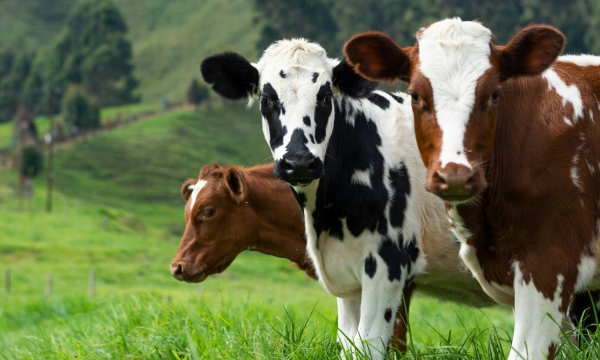
(VAN) Representatives with multiple agencies including the CDC, the United States Department of Agriculture and the Food and Drug Administration on May 1 discussed the latest news about bird flu in the U.S.
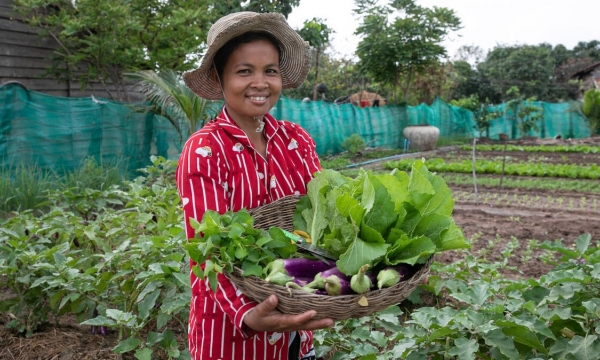
(VAN) Approved by the UN General Assembly, it will increase awareness of the crucial role women farmers play in agrifood systems.
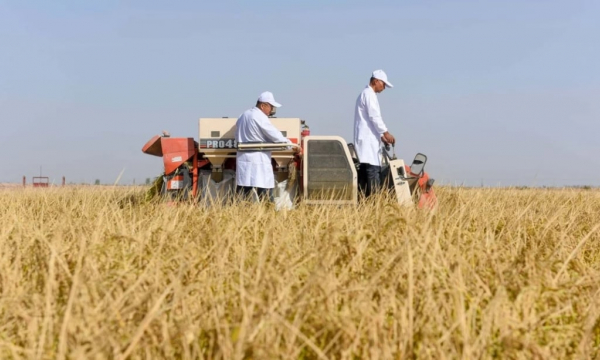
(VAN) Chinese scientists have cut the growth cycle of a conventional rice variety in half in a desert greenhouse in Xinjiang, a welcome agricultural innovation for Beijing as it seeks new methods to ensure food security.
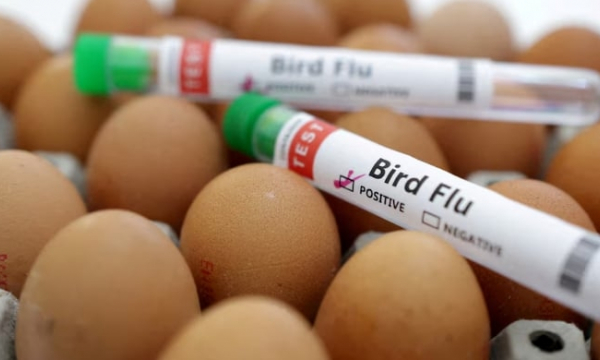
(VAN) Preliminary results of tests on additional dairy products show that pasteurization inactivates the bird flu virus, the U.S. Food and Drug Administration said on Wednesday.
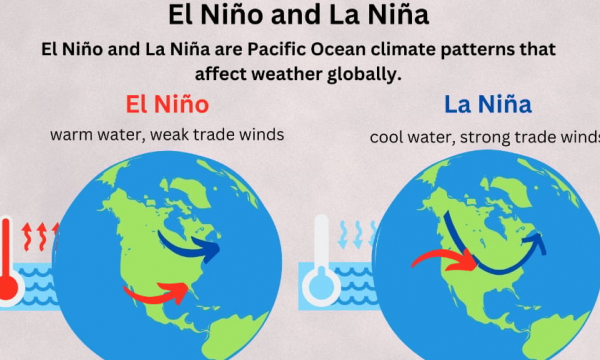
(VAN) At UNGA-ECOSOC event, FAO Deputy Director-General emphasizes the key role of anticipatory action in protecting and equipping communities ahead of shocks.
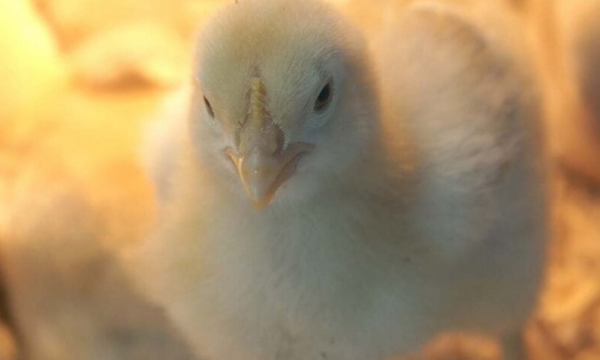
(VAN) Despite protein reduced poultry feed – better performance parameters and less burden for the environment!
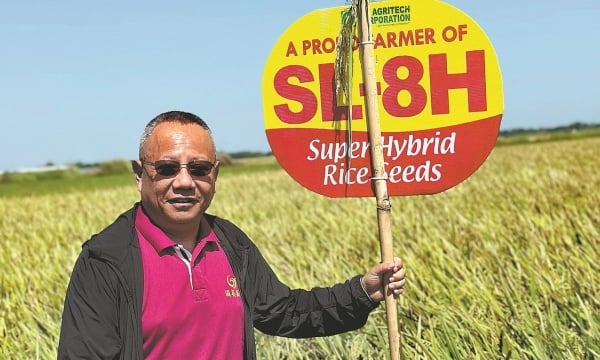
(VAN) The increased yields of a hybrid rice strain developed in China have helped countries participating in the Belt and Road Initiative to bolster their food security.